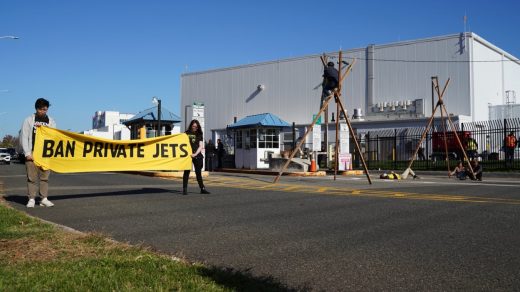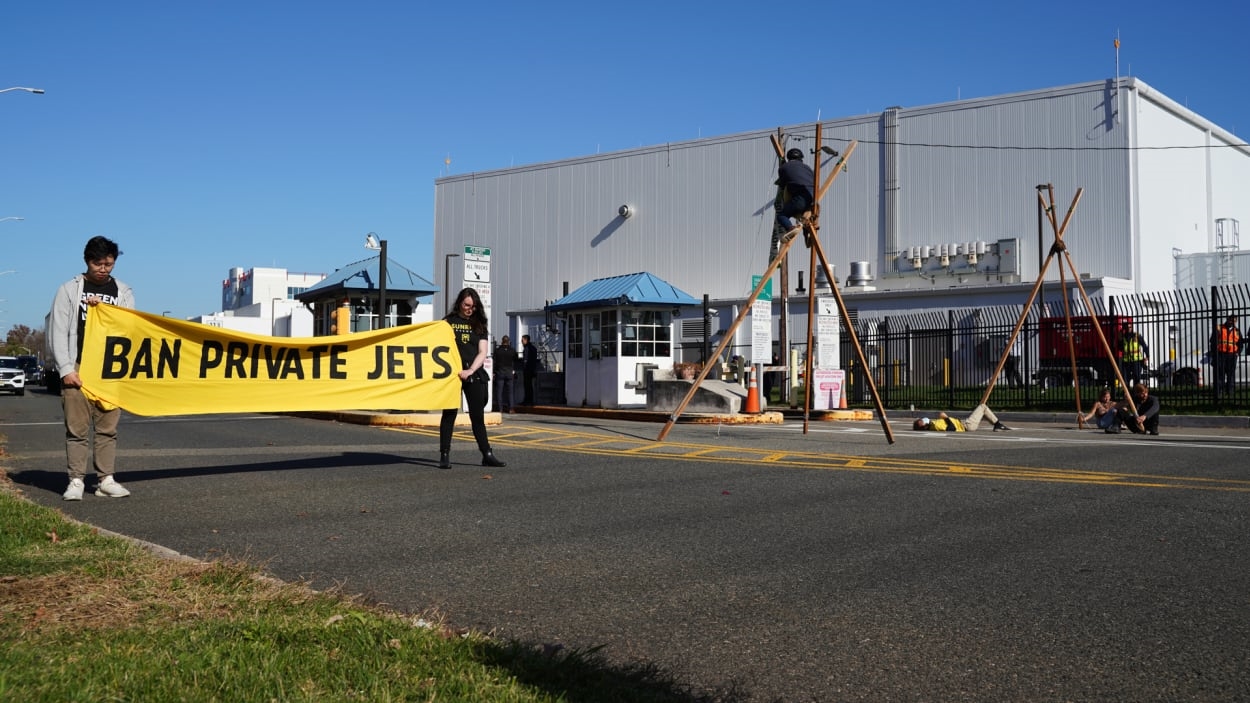COP27 needs to put aviation on a path to true-zero emissions
The growth of commercial air travel over the past century has been one of the greatest forces for prosperity and peace in human history. Passenger volumes have doubled every 15 years since the birth of the jet age, and this exponential growth appears impervious to economic downturns and geopolitical shocks. But this growth has been fueled by kerosene, a fossil-based hydrocarbon, making aviation one of the fastest-growing sources of greenhouse gas emissions.
With the world quite literally burning (or drowning) around us, this trend is unsustainable. If the industry doesn’t figure out a way to do its part to help reach Paris Agreement emissions targets to limit global warming to 1.5 to 2 degrees Celsius compared to preindustrial levels, governments will surely intervene in response to public pressure and curtail traffic volumes. Already we are seeing flight-shaming movements gaining steam and flying hesitancy prevalent among millennials. The French government announced that it would ban all non-connecting short-haul flights on routes where you can take a train in 2.5 hours or less—a harbinger of things to come.
On Decarbonization Day, part of COP27 (the U.N.’s global climate change summit), attendees must not shy away from a simple reality: We must stop burning kerosene. For years, the industry pretended that the Paris Agreement didn’t exist and set less-ambitious targets attainable through incremental improvements in airplane efficiency. At last month’s International Civil Aviation Organization (ICAO) gathering the industry patted itself on the back after agreeing to a nonbinding “long-term aspirational goal” of net-zero carbon emissions by 2050.
This is pure greenwashing—industry leaders buying themselves a few years so they can leave the real problem to someone else. The focus on “net zero” rather than just “zero” (or “true zero”) is a nod to the two most popular approaches to “reducing” aviation emissions without actually reducing them.
The first is the Carbon Offsetting and Reduction Scheme for International Aviation, or CORSIA, a plan that requires airlines to buy carbon offsets (think: paying to plant trees in the rainforest) to compensate for excess emissions from international flights above a certain baseline threshold. The same ICAO meeting in Montreal effectively defanged CORSIA by significantly raising the baseline.
The second approach is replacing fossil-based jet fuel with so-called sustainable aviation fuel (SAF). SAFs combine green hydrogen with recycled biomass or carbon captured from the atmosphere to create a version of kerosene that can “drop in” to most existing engines. To be clear, airplanes are still burning kerosene but the effects are offset by some carbon recapture in the SAF production process. SAFs are incredibly expensive but allow the aviation industry to escape making any changes to airplanes and jet engines.
Neither solution addresses the root cause of aviation emissions—they just atone for it elsewhere. Both also use fuzzy math to support claims that they are net-zero emissions. In calculating the amount of carbon, they only account for carbon dioxide emissions. But aviation emissions are unique because they happen at 35,000 feet. According to the latest climate science, only one-third of the greenhouse impact from aviation is from carbon dioxide; the rest is from other combustion by-products released at altitude.
How do we stop burning kerosene? Small airplanes—those with fewer than 20 seats—can fly a few hundred kilometers using lithium ion battery technology. But batteries are much too heavy to power larger airplanes on longer routes.
Another energy source—hydrogen—makes an ideal aviation fuel. Apart from nuclear fuels, hydrogen is the lightest known energy carrier. It has properties that make it safer than jet fuel in case of an accident. And green hydrogen is made from water and emits nothing but water. It’s also increasingly affordable, thanks to off-peak renewable electricity and a significant green hydrogen production subsidy that is part of the Inflation Reduction Act. (Note that true-zero green hydrogen will always cost significantly less than a net-zero SAF because the latter starts with green hydrogen as a feedstock and takes about three times the energy to sequester and attach the carbon atoms to the hydrogen.)
Hydrogen airplanes are not a new idea. The first hydrogen plane flew in the 1950s, though none has ever gone into production. The biggest obstacle to hydrogen adoption has been infrastructure. Hydrogen must be stored either at cryogenic temperatures as a liquid or as a compressed gas. Piping it into airplanes at the gate, as we do jet fuel, would require a massive and near-simultaneous fuel infrastructure upgrade at most of the world’s commercial airports—a multidecade, multitrillion-dollar investment.
But Tesla showed the world that successful energy transitions are possible if we make smart changes across the entire energy value chain. Tesla was different from other automakers in its monomaniacal focus on improved battery cells (energy storage) and a smart charging infrastructure (energy distribution) in parallel with making its first car. Similarly, no one will build a hydrogen-powered airplane without knowing there’s infrastructure in place to refuel.
The infrastructure problem can be solved if we treat hydrogen not as a one-for-one replacement for jet fuel, but rather as cargo. The simple idea is to put hydrogen into modular capsules (energy storage), and then deliver them to airports and load them into planes using existing freight-handling equipment (energy distribution). This enables nearly every airport in the world to be hydrogen-ready, and requires relatively minimal modifications to existing planes to be converted to fly on hydrogen. It also makes the design of new hydrogen airplanes straightforward.
Startup airlines such as Connect Air and flag carriers such as Icelandair are already committing to true-zero-emission regional flights before the end of the decade. The industry’s pivotal moment comes in the late 2020s, when Airbus and Boeing are due to kick off the successor to the A320 and 737, respectively. Some 30,000 units are likely to be built over two decades. If these next-gen models are powered by kerosene, they will emit nearly 12 billion tons of carbon dioxide and have a greenhouse effect of nearly three times that. On hydrogen, they will be flying on sunshine and producing nothing but water.
A choice of this magnitude does not happen very often. If Airbus and Boeing take the leap to true zero—rather than launching another kerosene-burning airplane under the SAF moniker—this will change the course of aviation history, put the industry on track to meet Paris Agreement targets, and usher in a new golden age of aviation. Some in the industry are starting to see this. American, the world’s biggest airline, recently doubled down on hydrogen as the fuel of the future. The rest of the industry needs to open its eyes and focus on true zero, not net zero.
Paul Eremenko is the CEO and cofounder of Universal Hydrogen. He previously served as CTO of Airbus and of United Technologies Corp.
(31)



